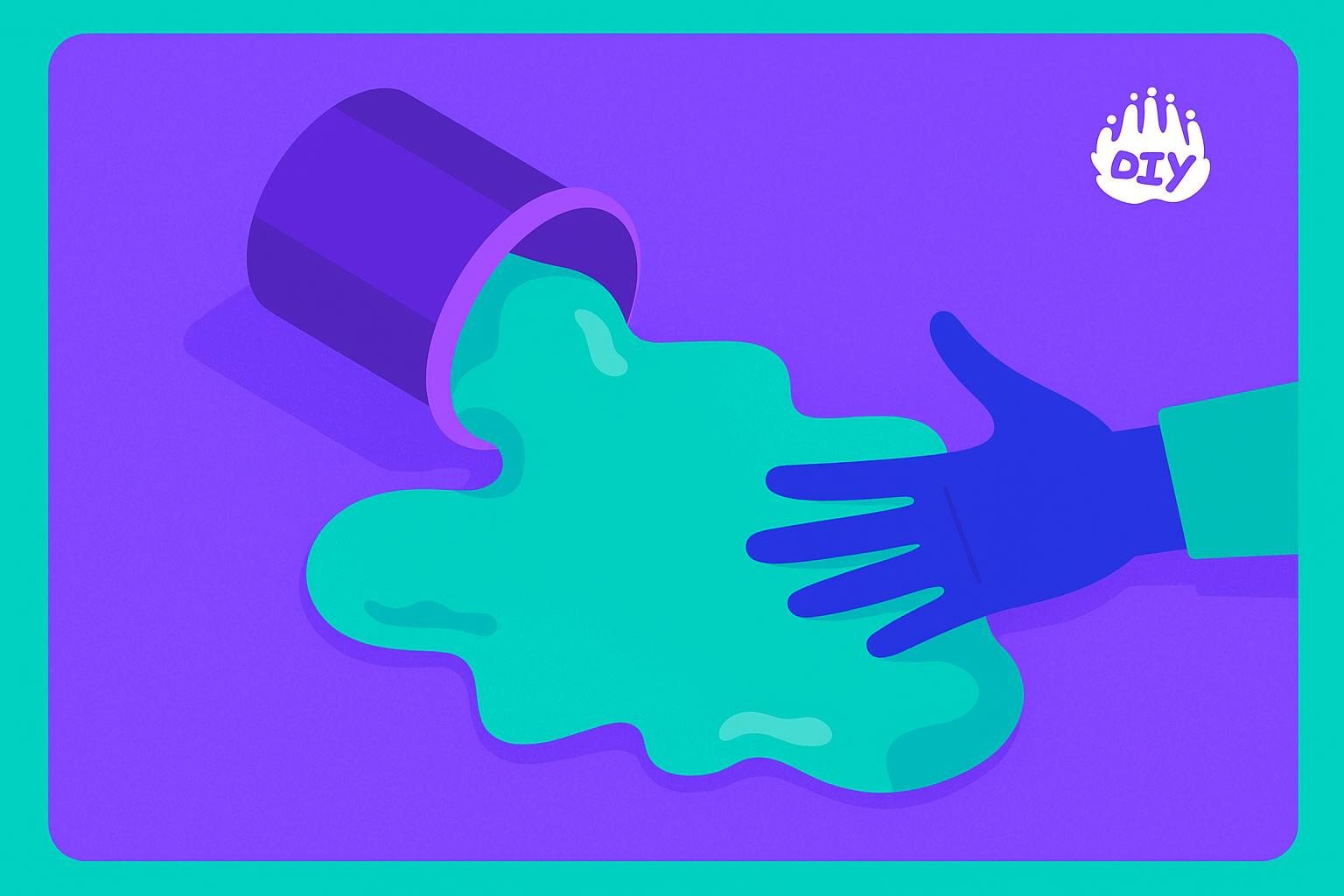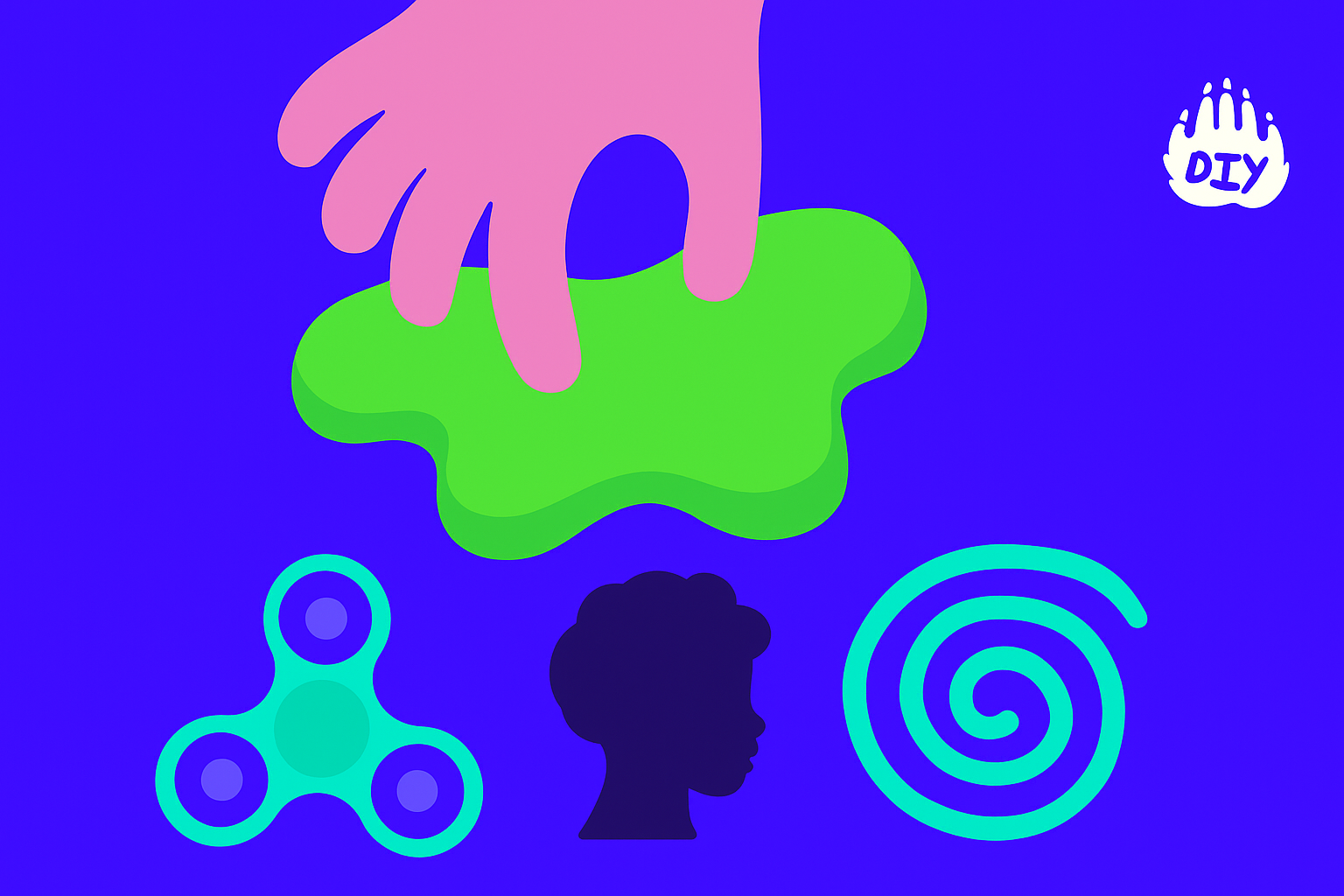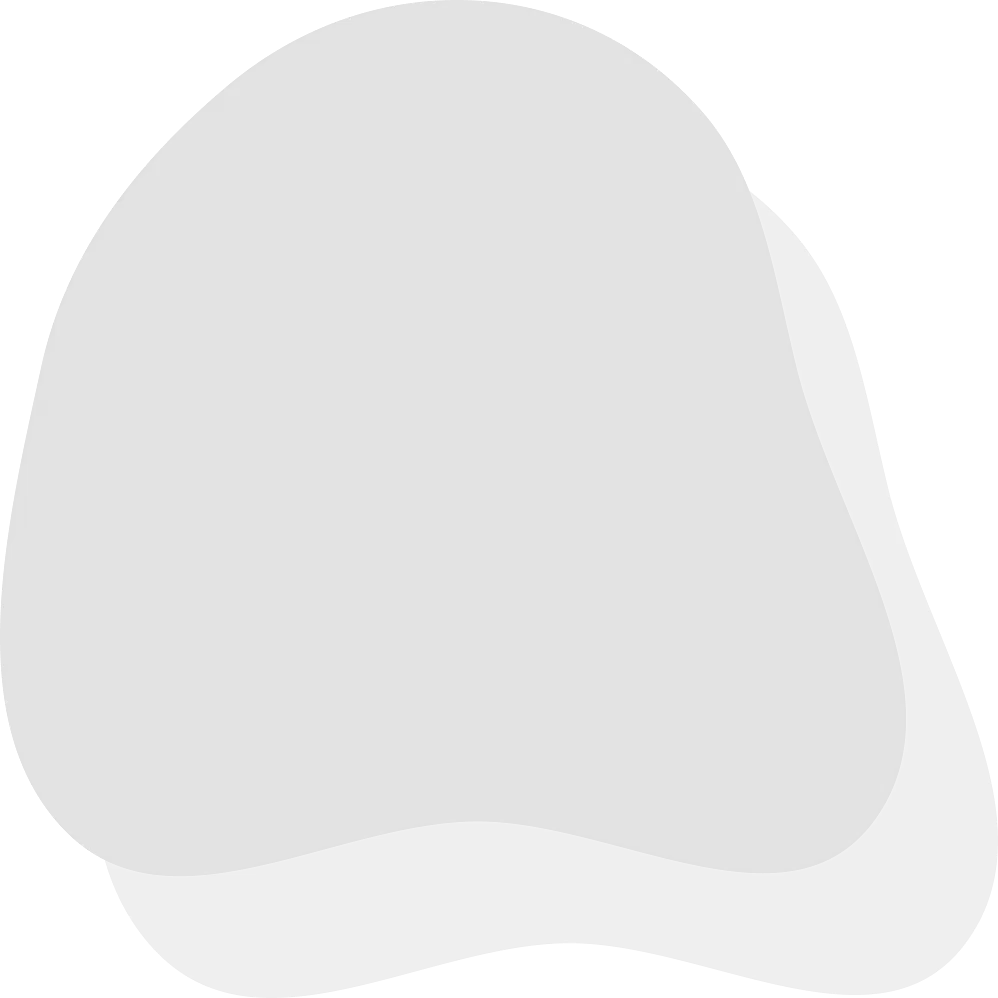Slime isn’t just a sticky trend it’s become a staple in many homes, classrooms, and therapy sessions. Parents often ask: Is slime actually helpful for kids with ADHD, or is it just messy fun? The answer may surprise you. Slime, when used intentionally, can be a powerful tool that supports focus, emotional regulation, motor skills, creativity, and even early STEM learning. Let’s explore how this stretchy, squishy material benefits children with ADHD and why it’s more than just a sensory fad.
Understanding ADHD in Children
Attention Deficit Hyperactivity Disorder (ADHD) impacts a child's capacity to concentrate, control impulses, and balance energy levels. Kids with ADHD frequently find it difficult to focus on tasks that demand prolonged concentration or calmness, particularly in organized settings such as classrooms. Conventional learning and behavioral approaches might be inadequate, prompting many families to utilize tactile, sensory-oriented resources like slime to cater to their child's specific requirements.
What Makes Slime So Effective for Kids with ADHD?
Children with ADHD often benefit from sensory input that helps their brains stay organized and alert. Slime offers a tactile, calming experience that engages the hands and soothes the nervous system. It’s soft, stretchy, and endlessly moldable making it the perfect companion for moments when a child needs help focusing, calming down, or working through big emotions. Slime helps the brain and body reconnect, offering something predictable and comforting in the moment.
1. Focus and Attention - How Slime Keeps the Brain Engaged
For many kids with ADHD, staying focused especially during quiet tasks like reading or homework can feel nearly impossible. Slime provides just enough sensory stimulation to help ground their attention. As they stretch and squish it, the rhythmic, repetitive movements give their brains something to process in the background. That subtle input can make it easier to stay present and reduce the urge to jump from task to task.
2. Fidgeting with Purpose
Children with ADHD frequently require movement to achieve a sense of balance. Slime provides a calm, intentional method for fidgeting. In contrast to bouncing, tapping, or interrupting, utilizing slime enables them to calm themselves and expend excess energy without bothering anyone else. It's particularly beneficial in classrooms, therapy sessions, or vehicle rides where movement might be restricted yet regulation remains essential.
3. Emotional Regulation - Using Slime to Calm Overwhelm
Big feelings are common for children with ADHD. They can become easily frustrated, overstimulated, or overwhelmed. Slime offers a safe and calming outlet. The texture and resistance of slime help reset their sensory systems. Whether they're working through a meltdown or just feeling "off," slime can bring a sense of calm that words or adult intervention alone sometimes can’t achieve. Many parents describe it as a reset button their child can use all on their own.

4. Encouraging Quiet, Creative Play (Without Screens)
Unlike flashy toys or video games, slime invites kids into a world of quiet, open-ended play. They can explore how it feels, moves, and behaves. This kind of freeform exploration helps develop patience, concentration, and cognitive flexibility all areas where children with ADHD often need support. The act of creating and customizing slime also builds confidence and imagination.
5. Fine Motor Skill Development Through Play
The benefits of slime extend beyond focus and emotion it also strengthens the hands. When kids pull, pinch, knead, and roll slime, they’re working the small muscles that support handwriting, self-care tasks, and coordination. Many occupational therapists use slime-like materials to help children improve grip strength, finger dexterity, and bilateral hand use. These motor skills are essential for school readiness and independence.
6. Sensory Integration
Slime gives children with ADHD, autism, or sensory processing differences a safe way to explore new textures. It helps the brain make sense of input from touch, sight, and sometimes even smell. Whether smooth or gritty, stretchy or bumpy, the variation in slime keeps children engaged and curious. It also helps them learn to tolerate and enjoy different sensory experiences, which is critical for emotional and behavioral development.
7. Learning Through Play
Many parents do not know that slime can be a strong tool for STEM learning. When children ask things like "What if I put more glue?" or "Why is this one stickier than before?" They are making guesses and testing ideas just like scientists. Slime naturally brings in chemistry ideas such as reactions and viscosity, physics topics like elasticity and math concepts like ratios. It is a hands-on science activity that does not feel like schoolwork.
8. Expression and Storytelling: Slime as Art and Imagination
Slime is like a blank canvas. Children pick its color, smell, feel and theme. Whether they create "Unicorn Dreams" with pastel colors and glitter or "Monster Swamp" with green beads and gooey texture, kids are deciding based on their feelings and creativity. Some even make slime into characters or tiny worlds, which helps them develop storytelling skills, symbolic thinking and early literacy. For children who find it hard to speak, this type of nonverbal storytelling is very strong in helping them.
Is Slime Safe for Kids? A Parent’s Guide
Yes, slime is usually safe if you use it carefully. Choose borax-free and non-toxic recipes for young children. Always watch toddlers or preschoolers when they play with slime. Do not use slime kits that have strong chemicals or tiny parts which could be a danger for choking. After children finish playing, make sure they wash their hands and put the slime in a container with lid to keep it sealed. If it gets on clothes or furniture, vinegar or rubbing alcohol usually does the trick.
Common Questions About Slime and ADHD
Many parents ask if slime can really help their child focus and the answer is yes. Playing with slime for a few minutes can help kids calm down, regroup and come back to tasks with better concentration and mood. Is it messy? Sometimes. But many families think that the good things about it are much more important than the cleaning up. If used regularly, slime can be a helpful part of your child's daily activities to support learning, behavior and emotional health.

Why Slime Is Good for Kids with ADHD and All Kids
Slime helps kids with ADHD focus, regulate emotions, express creativity, and build motor skills. But it also benefits any child who learns best through hands-on, sensory-rich play. Whether your child is neurodivergent or not, slime offers an accessible and joyful way to support early development. It’s not just a trend, it's a tool grounded in how kids naturally explore, grow, and learn.
Slime as a Tool for Connection and Growth
In a world with many distractions, too much stimulation and strict learning spaces, slime is something simple and very useful. For children who have ADHD, it helps them stay calm, be curious and keep in touch with their bodies, feelings and imagination. Slime might seem like just play, but for many families it turns into something much more important: a way to help with focus, controlling oneself and growing creativity.
If you never tried using slime with your child, begin with a homemade recipe and see how they react. Allow them to personalize it and lead their own play. You may be surprised how much calm, focus and happiness it can bring to their day.



